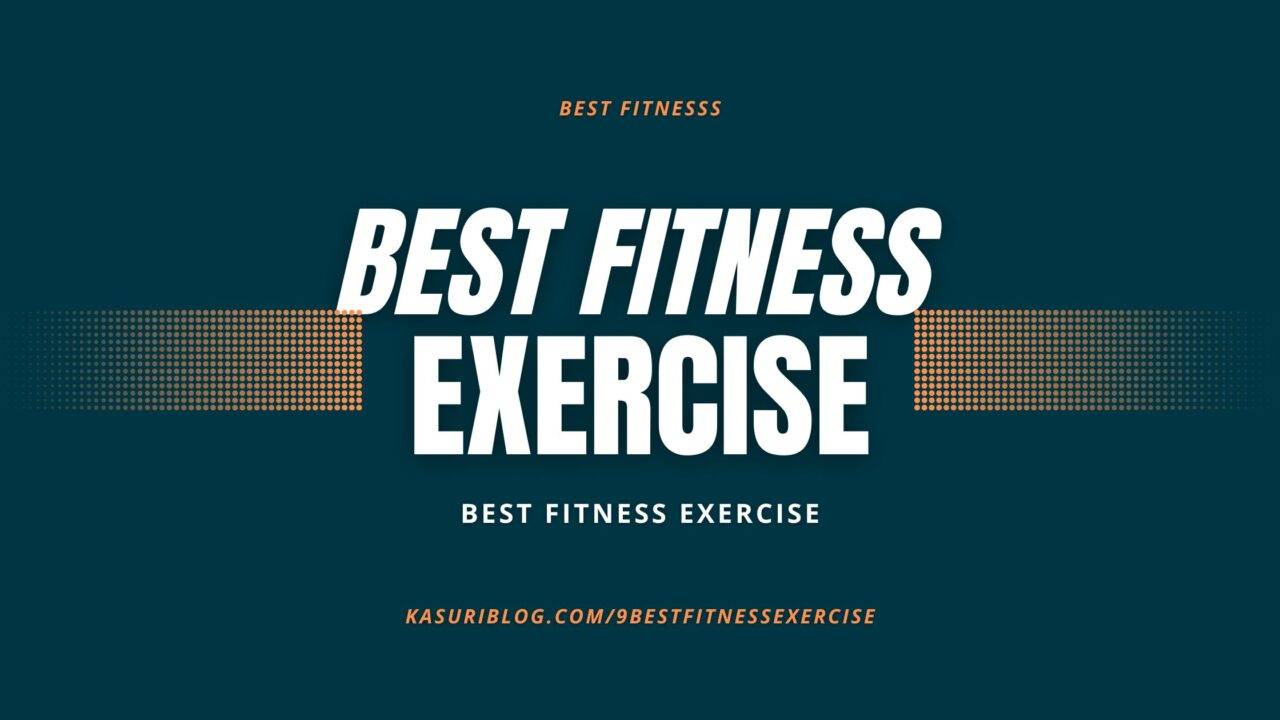Many kids love chocos and milk, but is it healthy? It depends on what you put in it. The reason […]
Kasuri Blog
Is it Bad to Eat Rice Every Day?
Rice is a staple ingredient in many cuisines, but for some people, it is not a healthy choice. Some people […]
9 Best Fitness Exercises
Best Fitness has become a very important aspect of life for many people. Some people work out to stay fit, […]
4 Ways to Reduce Body Fat
Our Body Fat is constantly fluctuating. Throughout the day, our body fat levels can go up and down. This means […]
Is Losing Weight an Important Health Goal?
Losing Weight has been an elusive goal for many people. But, the truth is that it is one of the […]
What are the Effects of Eating Fast Food?
The Fast Food industry is huge and is booming. This is great for consumers because it means that fast food […]
Is it possible to eat healthily without dieting?
Dieting is a hard subject to talk about, and it can be difficult to find the right way to lose […]
The Best Outdoor Exercise Ideas For Summer
Outdoor Exercise Ideas For Summer make warm summer days, it is too easy to put off that workout. But, skipping […]







